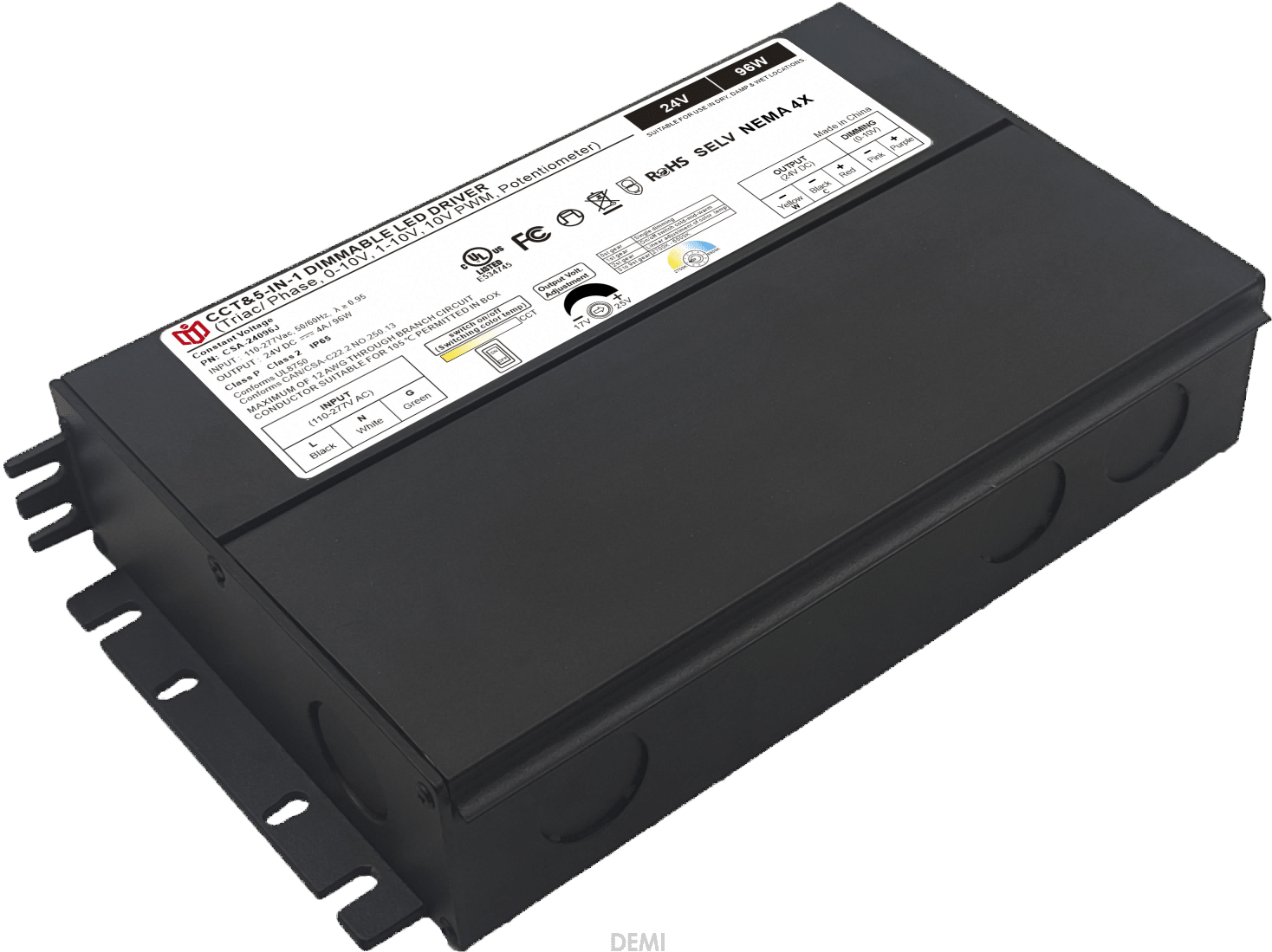The Future Is Here: A Forward Look at 0-10V Led Smart Lighting Revolution

Pioneering Precision Control Through Voltage Signaling
At the heart of this technological leap lies the elegant simplicity of 0-10V analog dimming protocols. Unlike pulsed PWM systems that flicker or introduce electromagnetic interference, direct voltage modulation enables silky-smooth transitions between brightness levels—from starlight ambiance to full-spectrum daylight simulation. Modern drivers interpret mere millivolt shifts as commands for color temperature adjustments (CCT tuning), creating dynamic circadian rhythm alignment without complex programming. Architects now specify these systems knowing each tenth of a volt corresponds to exactly predictable illuminance changes measured in footcandles.
Architectural Intelligence Meets Human Biology
Buildings equipped with 0-10V ecosystems become bioresponsive environments. Occupancy sensors feed real-time data into centralized controllers that automatically adjust lumen output based on natural light availability and occupant activity patterns. Hospital wings utilize warm 2700K tones during night shifts while boosting alertness with cool white light at dawn. Museum curators program gradual UV filtering when displaying sensitive artifacts, all through intuitive drag-and-drop interfaces connected via standard Cat5 cabling. This level of granular control wasn't imaginable with traditional line-voltage switches.
Sustainability Engineered Into Every Watt
Consider New York City's municipal retrofit project: replacing 12,000 outdated fixtures with 0-10V compatible LED arrays cut annual consumption by 62% while eliminating maintenance costs associated with failed ballasts. The secret? Microprocessor-driven power optimization constantly monitors load factors across circuits. When conference rooms sit empty post-presentation, autonomous decay algorithms reduce wattage incrementally until motion resumes—achieving deeper cuts than occupancy sensors alone permit. Such intelligence turns lighting infrastructure from operational expense into strategic asset management tool.
Interoperability Across The Digital Ecosystem
What truly distinguishes today's platforms is universal compatibility. BMS systems from Johnson Controls communicate flawlessly with Philips Hue bridges via open API gateways. Facility managers oversee campus-wide deployments through single pane-of-glass dashboards displaying energy metrics alongside HVAC performance indicators. Even legacy fluorescent fixtures find new life through retrofit kits converting them to addressable nodes on the same DC bus architecture carrying PoE+ for ancillary devices like air quality monitors. This convergence turns vertical surfaces into interactive service portals.
The Last Mile Of User Experience Design
Touch panels now feature tactile feedback matching physical dimmer knob resistance curves—a psychological comfort mechanism studied by ergonomic labs at Stanford University. Mobile apps leverage geofencing to preheat corridor pathways before winter arrivals or activate pathway guidance systems using low-blue spectrum safety glow. Crucially, failsafe modes ensure emergency egress paths remain illuminated at code-compliant levels regardless of network outages, proving reliability doesn't get sacrificed for smart features.
Manufacturing Breakthroughs Driving Adoption Curves Downward
Taiwanese foundries recently perfected gallium nitride transistors enabling driver ICs smaller than postage stamps yet robust enough for outdoor pole mounting. Laser-trimmed resistor networks now achieve ±0.5% accuracy across production runs, eliminating field calibration needs. Most significantly, multi-topology support allows single SKU inventory covering both Class II division applications and wet location installations—a logistical dream reducing distributor stockkeeping units by 78% according to recent industry surveys. These manufacturing advances collapse total cost ownership barriers previously separating premium commercial grade from residential markets.
Regulatory Tailwinds Accelerating Global Rollouts
UL8750 certification bodies fast-track qualifying products meeting ASHRAE 90.1 amendments mandating demand responsive lighting controls. EU Ecodesign Lot 24 regulations penalizing standby power above 0.5W particularly benefit always-on displays utilizing deep sleep modes activated by sub-1V trickle currents. In emerging markets lacking stable grid infrastructure, solar microgrid hybrid systems pair perfectly with DC-input drivers accepting input voltages ranging from 9V to 36V—turning off-grid villages into testbeds for decentralized energy strategies powered entirely by photovoltaics.
Case Study: Airport Terminal Reimagined
Dubai International Concourse D deployed zoned addressable lighting controlled via GPS synchronization triggering sunrise simulation two hours before local dawn. Passengers experience reduced jet lag through programmed melatonin suppression sequences while baggage handlers work under task lighting optimized for license plate recognition accuracy. Maintenance crews access diagnostic logs showing individual LED string health metrics accessible remotely via satellite uplink—cutting inspection intervals from weekly to biannual schedules while increasing system uptime to 99.997%.
Looking Toward Horizon Three Innovations
Engineers already test bidirectional communication protocols allowing fixtures to report vibration anomalies indicative of structural stress long before human detection possible. Self-healing mesh networks automatically reroute signals around damaged segments using blockchain verification for tamper-proof audit trails. And quantum dot phosphors promise tunable emission spectra narrow enough to replace stage lighting gels entirely—all controlled through the familiar twist of an analog potentiometer evolved for the Internet Age.
 In heritage architecture prote
In heritage architecture prote
 When small-batch customization
When small-batch customization
 Have the electromagnetic emiss
Have the electromagnetic emiss
 When Triac dimmable power supp
When Triac dimmable power supp
